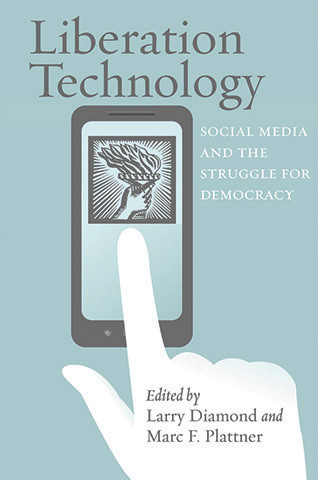
Reviews
The volume is a welcome contribution to the literature on contentious politics and mobilization and should be equally valuable for university courses and scholars working on political sociology.
This volume will have a longer shelf life than many volumes about the uprisings because of its focus on providing a rich empirical context... It will be of interest to a broad readership and will be terrific in undergrad courses—I intend to use it myself... I would strongly recommend it to anyone interested in a deeper understanding of the uprisings, and particularly their genesis.
Quite original. This book offers an authoritative account of events linked to the Arab Spring. To speak about country-specific dynamics, the coeditors have compiled a magnificent set of authors. Most impressive is that the chapters capture rich descriptive accounts of events that illuminate the political realities surrounding the events of the Arab Spring.
Book Details
Foreword
Acknowledgements
Introduction. Reconsidering Activism in the Arab World: Arab Uprisings and Beyond
Chapter 1. Architecture of Resistance in Tunisia
Chapter 2. Egypt: A Decade of Ruptures
Chapter 3
Foreword
Acknowledgements
Introduction. Reconsidering Activism in the Arab World: Arab Uprisings and Beyond
Chapter 1. Architecture of Resistance in Tunisia
Chapter 2. Egypt: A Decade of Ruptures
Chapter 3. Activism and Civil War in Libya
Chapter 4. Explaining Political Activism in Yemen
Chapter 5. Activism in Syria: Between Nonviolence and Armed Resistance
Chapter 6. Activism in Bahrain: Between Sectarian and Issue Politics
Chapter 7. Morocco's Makhzen and the Haphazard Activists
Chapter 8. Jordan: Evolving Activism in a Divided Society
Chapter 9. Political Activism in Kuwait: Reform in Fits and Starts
Chapter 10. No Spring in Riyadh: Saudi Arabia's Seemingly Impossible Revolution
Postscript. From Activism to Democracy
List of Contributors
Index





